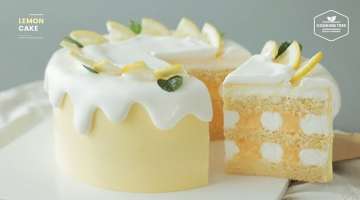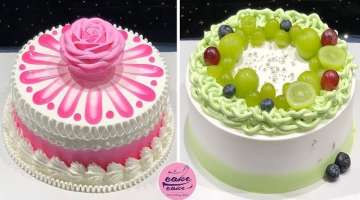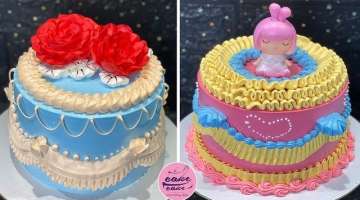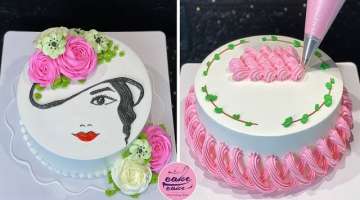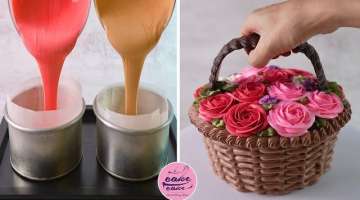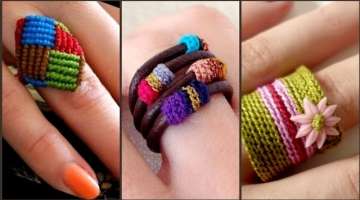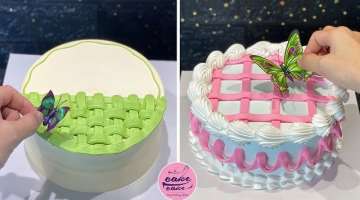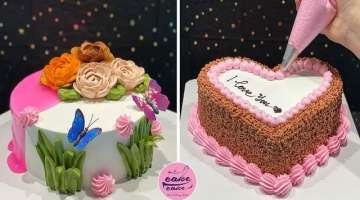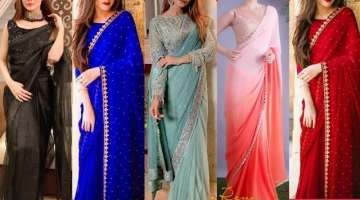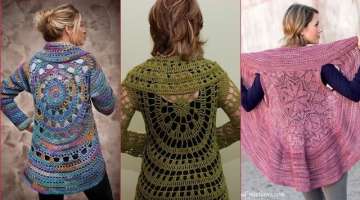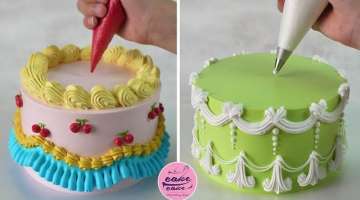Highland Cattle Calves Are The Most Adorable And Cuddly Cows You Will Ever See
It’s time for the fluffy kittens and cuddly puppies to move over. There’s another baby animal that will melt your heart with their cuteness! Highland Cattle calves are among the cutest baby animals I’ve ever seen – fluffy, cuddly, and just downright adorable. Highland Cattle are a breed of cow that originated in Scotland.
- 1 | 11

The coat also gives the calves their fluffy appearance, and makes them look so adorable. It's simply impossible to feel sad when you know these sweet creatures exist in the world. Highland cows are often known as the gentle giants of Scotland. With their longhorns, and flowing red locks, these iconic beasts are easily recognized, but how much do you really know about them? The Highland Cow is the oldest registered breed of cattle in the world. They have distinctive horns and long, wavy, woolly coats that can be a range of colours, including red, ginger, black, dun, yellow, white, grey, tan, silver and brindle. Highland cows are raised primarily for their meat, which is growing in popularity due to being lower in cholesterol than other forms of beef.
- 2 | 11

These cattle are a hardy breed, designed to withstand the conditions in the Scottish Highlands. Their long hair is actually an unusual double coat of hair- on the outside is the oily outer hair, the longest of any cattle breed, and it is covering a downy undercoat underneath. The bulls can way up to a whopping 800kg, and the cows up to 500kg, and their milk generally has a very high butterfat content. Their distinctive long hair keeps them warm in winter, overs protection from the brush and undergrowth, protects their eyes from flies and is contributes to their stunning appearance which makes them so popular. The hair gets shorter in Summer and is not as long when they are bred in Southern climates. Having such long hair also means that they do not need to store the waste fat you find in some other breeds of cattle.
- 3 | 11

Nobody is quite sure if these cows can actually see where they are going! But whether they have super-vision or heightened other senses they certainly manage to find what they are looking for, even with that long fringe, known as a 'dossan' blocking the way. During the 18th century thousands and thousands of highland cattle grazed upon the forests and hills of Strathspey, and in the Summer they were even taken up into the high Corries. Herdsmen stayed in temporary buildings in the hills (called shielings) to look after them, whilst their relatives had to stay at home to gather crops for their winter feeds. When they were fattened enough for market the cattle were driven along the road through the mountains by a few miles each day. The markets were held in places like Falkirk, Crieff & Carlisle and buyers came all the way from England to pay good prices for what they called high quality 'Scotch runts'. So called because the Highland cattle were smaller. At one market in the early 1800s some £30,000 changed hands, an absolute fortune by today's standards.
- 4 | 11

They were so popular, that cattle thieving was common and individuals could apply for a commission to set up an official Watch, which farmers would pay to retrieve stolen stock. Rob Roy MacGregor operated a Watch and was also a cattle dealer and drover. If you are interested in Rob Roy MacGregor then you can find out more about him www.highlandtitles.com/blog/rob-roy-macgregor/. While Highland Cows today are mostly recognised for their distinctive red coats, once upon a time they were predominately black.
- 5 | 11

Queen Victoria is said to have commented on a trip to the Highlands that she preferred the red coloured cattle and in an effort to please the Queen, this resulted in selective breeding of the reddish colour that we see most often today and the black colour gradually declining over time. Originally, the breed was divided into two classes, the West Highlands or Kyloe, and the Highlander. The Kyloes were raised on the western islands of Scotland, and tended to be of a smaller size. They had a higher percentage of black and brindled cattle than the mainland Highlanders. The size difference was probably due more to the severe climate and limited rations that the island cattle were subjected to, rather than to any genetic variation between the classes. Today all members of the breed are just called Highland. Originally, the breed was divided into two classes, the West Highlands or Kyloe, and the Highlander.
- 6 | 11

They originated in the Highlands and the Outer Hebrides islands of Scotland as early as in the 6th century. These days they can also be found across the south of Scotland, in other parts of Europe, as well as in Australia and North and South America too. Highland Cattle can even be found foraging 10,000 feet up in the Andes. If you are seeking the Highland Cow whilst visiting their country of origin, you may find yourself with more success if you ask the locals to point you in the direction of the "Hairy Coos", as they are locally and affectionately known. Often these striking beasts can be spotted in fields along the roadside, all over the Highlands, especially in places like the Cairngorms National Park or roaming free on the road itself across the North West.
- 7 | 11

Highland Cow Milk: Highland cows can be milked on a small scale, they will never make as much milk as a production milk cow, but enough for personal use, one cow can produce on average around 2 gallons per day. Their milk has an extremely high butterfat content, up to 10%, which some farmers may find appealing, but others have stated is a required taste! The Highland has much smaller teats than other breeds of cattle.
- 8 | 11

Highland Cattle Meat: Breeding for meat is why a lot of farmers keep the Hairy Coos. Their meat is lean but well-marbled, normally rated as premium beef. Pure Highland beef comes at a price, pure Highland beef commands a premium price due to its fine texture, succulent flavour and high protein content. Numerous tests in Scotland have shown that Highland Cattle meat is lower in both fat and cholesterol than even chicken! It also is high in Iron.
- 9 | 11

The Queen has a herd of Highland Cattle and it is rumoured to be the only kind of beef she will eat. Scotch beef farming is nothing like intensive cattle farming, the system prioritises the welfare and well-being of it's animals. Due to the grazing land being often unsuitable for growing alternative foods, not to mention the low temperature and high rainfall, Highland Cattle farming is considered to be highly environmentally sustainable. The breed standards guidelines, which are used to ensure that the animals produced by a breeder are of the highest standard, includes direction on how to judge the animals in four main areas: the head, the neck, the back and body, and the hair. Criteria looked for includes natural horns, being wide between the eyes, short and straight legs and wavy hair. Find out more at the Highland Cattle Society. The most noticeable difference between the 2 sexes is their horns. A bull's horns often grow forwards or even slightly downwards and have a much wider base, whereas a cow's face upwards and are longer and finer at the tip than a bull's horns.
- 10 | 11

These fantastic beasts have a reputation for their fantastic temperament, not a moo-dy cow in sight. They are known for being a very docile animal, never showing any aggression and are very low stress to keep and manage. Within their herds, they have a great understanding of their own social hierarchy and never fight. They also enjoy the company of humans, often approaching walkers seeking affection.
- 11 | 11

They have even been kept as pets! Highlanders have been living alongside man for thousands of years, with the written record as far back as the year 1200-AD, and archaeological finds that take them back to 1200-BC. In the earlier days, in winter the cows would come into the home and their body heat helped warm the home. This had the added benefit of also keeping others from stealing them.
